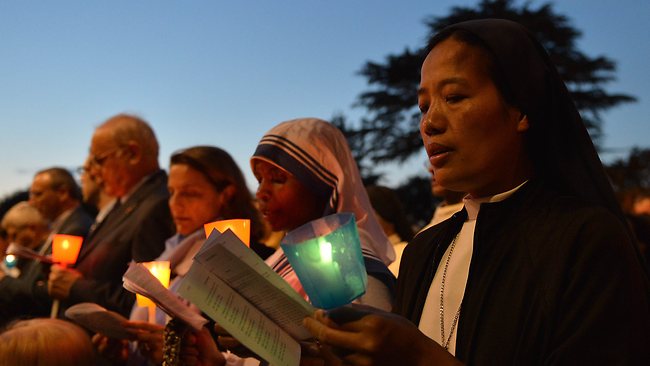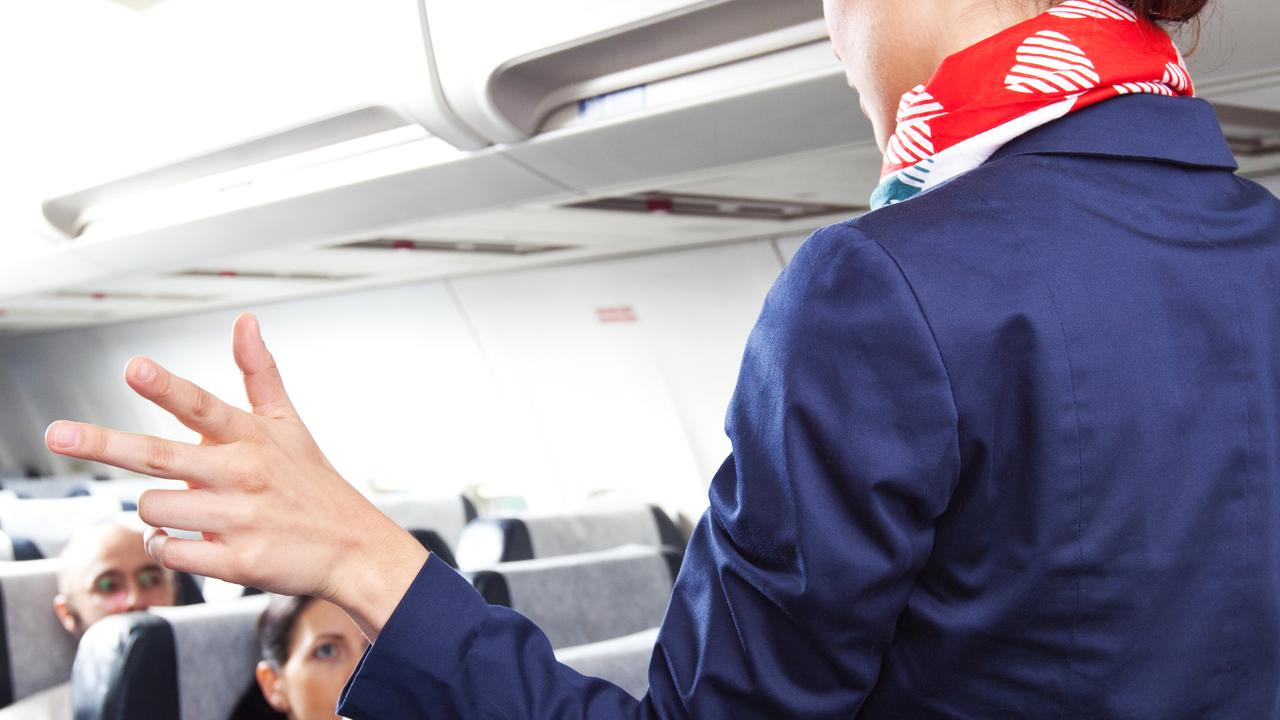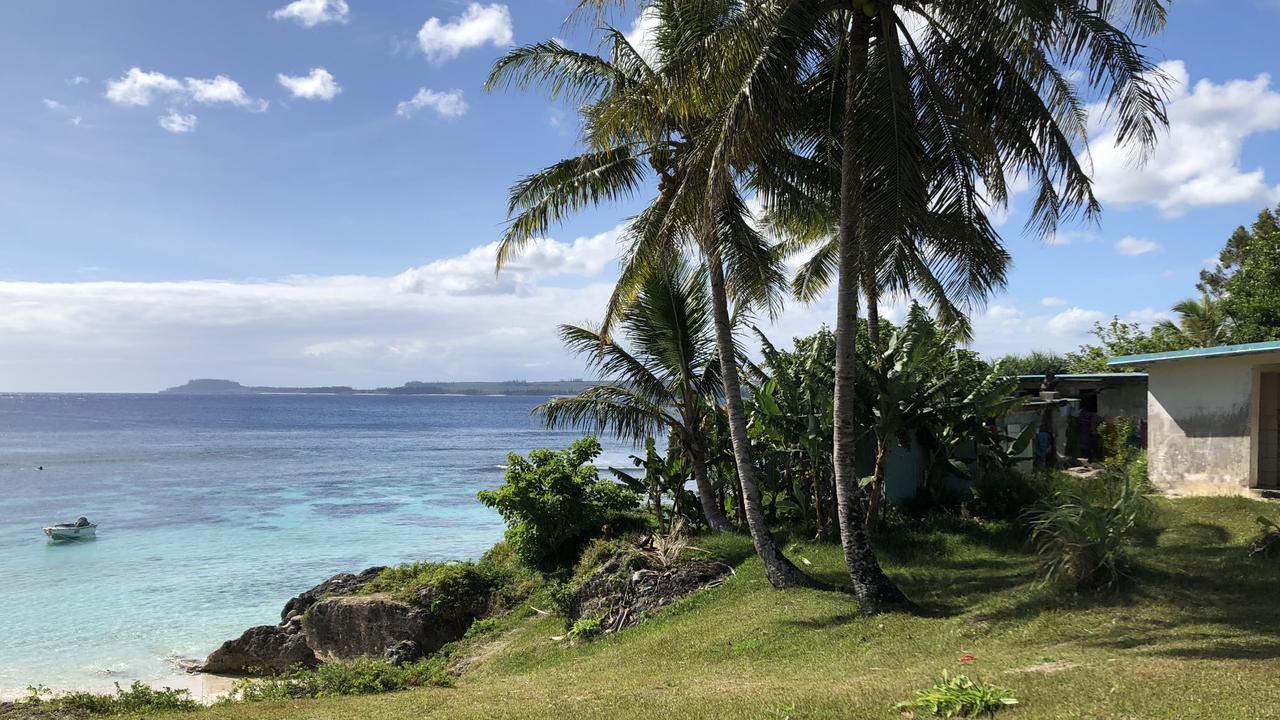Discovering Rome in 48 hours
FROM churches to food and fountains, the Italian capital is a religious experience, writes Jodi Harris Ambrosi.

FROM churches to food and fountains, the Italian capital is a religious experience, writes Jodi Harris Ambrosi.
Day 1
Rome has 920-plus churches and you can't leave without seeing at least one, St Peter's.
It is Christendom's most important and is free to enter. If you have the energy and a minimal fear of heights, walk up the 320-step spiral staircase to the top of the dome Michelangelo's last great masterpiece and enjoy impressive views over Rome.
Don't forget to dress appropriately. That means skirts or shorts to the knee and shoulders covered. The Vatican fashion police won't let you in otherwise. While lines to the church can be long, they move quite quickly and you won't feel cramped in this enormous space.
Afterwards, head uphill behind the church's right facade to the Vatican museums. Beware the endless tour hawkers here. If you have a grand passion for religious art, then hire one. But if you just want a feel for this magnificent collection with a viewing at the end of Michelangelo's Sistine Chapel, then politely turn them down.
The museums are well organised. I was surprised by how modern and efficient they are. With a guide, it could take you hours but on your own you should get a good feel for the building and its art in two to three. At the exit, you'll find a decent cafeteria.
Time to head from the Vatican to Castello Saint Angelo, built in AD135 as Emperor Hadrian's mausoleum. It was here that the popes hid when under siege, escaping the Vatican via an underground tunnel to the castle that is still in working order today.
And if you want to experience the romance of Rome, you can't beat a stroll across the Ponte Sant'Angelo at night. New floodlights dramatically illuminate the 10 angel statues that line this bridge flanking the approach to the castle.
Enjoy the stroll along the river's edge until you come to the Palazzo di Giustizia (Palace of Justice). Inspired by late Renaissance and baroque architecture, it's an impressive building. From here, walk towards Cola di Rienzo one of Rome's largest fashion streets.
Stop at Castroni's on the right for a decent coffee and continue over the bridge at the end that connects it to Rome's main square, Piazza del Popolo the People's Square. Walk up Via Del Corso to the Spanish Steps and look down on the early baroque fountain Fontana della Barcaccia (fountain of the old boat). Legend has it Pope Urban VIII commissioned it after a boat found its way here after a flood of the Tiber River.
By now, you may be ready for an aperitif and there's nowhere better than Isola Tiberina or the Tiber Island. Connected by two bridges, it is in the shape of a boat smack bang in the middle of the Tiber River in the heart of Rome. This is the place to be in summer, where you can check out the market stalls along the riverbank selling sweets, clothing and art.
Watch an old black-and-white film on the big screen under the stars and sit at one of the many cocktail bars on the island. Prices for drinks are hefty (12 Euros for a cocktail) but it's worth sitting on one for the view. There's a great pizzeria at the north-facing end of the island with a view over Rome's oldest and only original bridge the Ponte Fabricio on the left bank. On a clear night with a full moon, it's a delight.
Day 2
Now it's time for some serious study of ancient Rome. I would suggest organising a guided tour. A good guide will meet you at your hotel and take you to all the most important sites, from the Pantheon Rome's best preserved ancient monument to the Colosseum to where the gladiators lived and worked out, to the Trevi Fountain.
Start early in the morning and stop about 1pm for lunch, as your brain will probably be bursting with facts and fables. What you really need is some good Italian fare. Head to Gusto in the Piazza Augusto Imperatore and enjoy a hot and cold buffet.
It's the best I've had in Rome for lunch and it's next to the Aria Pacis a restored marble monument commissioned by the Roman senate in 13BC and recently set within a modern glass building opposite the Tiber River.
Otherwise, not far from here is a great vegetarian restaurant in the Latin Quarter of Rome called Il Margutta, again buffet, at via Margutta 118. After lunch, if you have any energy left, I'd suggest a walk around Via Condotti, Via del Corso and all streets nearby for the best of high street and designer fashion houses.
See the sun set over one of Rome's many great hotel terraces with views of the Colosseum and Eternal City and then move on to any local trattoria. For the central location and fine food at a reasonable price, I'd go with La Carbonara in Via Panisperna, or Il Chianti in Via del Lavatore off the Trevi Fountain.
Otherwise, why not dine in the Pantheon square? If you're lucky, you might find an amateur opera singer belting out Pavarotti hits.



